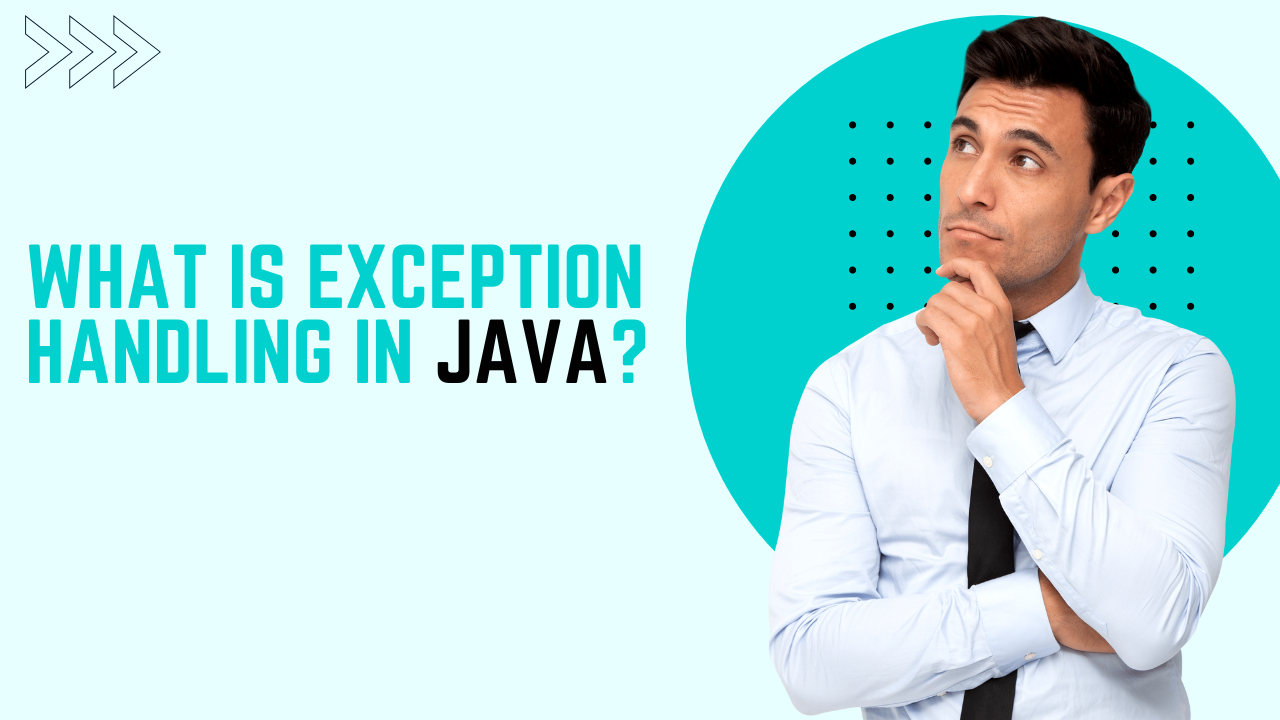Exception handling in Java is a crucial concept for writing robust and error-free code. By managing errors and unusual situations that arise during the execution of a program, Java developers can ensure that their applications run smoothly and efficiently. This guide will delve into what exception handling in Java entails, its importance, and how you can implement it effectively in your code.
For those interested in comparing Java’s approach to handling exceptions with other languages, you might also want to explore exception handling in Python.
Understanding Exception Handling in Java
Exception handling in Java provides a structured way to handle runtime errors and maintain normal application flow. It involves the use of specialized code blocks to catch and manage exceptions that might otherwise cause the application to crash or behave unpredictably.
Why is Exception Handling Important?
Exception handling in Java is vital for several reasons:
-
Robustness: It helps in building applications that are resilient to unexpected conditions.
-
User Experience: Proper handling ensures that the application can recover from errors and provide meaningful feedback to users.
-
Maintainability: It makes code easier to read and maintain by separating error-handling logic from regular code.
How Does Exception Handling Work in Java?
In Java, exceptions are objects that describe an exceptional condition that has occurred in a piece of code. Java’s exception handling model uses a set of predefined classes and methods to manage these exceptions. The primary components involved in exception handling in Java are:
-
Exception Classes: Java provides a hierarchy of exception classes, with Throwable as the root class. This hierarchy includes checked exceptions (which must be declared or caught) and unchecked exceptions (which do not need to be declared or caught).
-
Try-Catch Block: This is the fundamental structure used to handle exceptions. Code that may throw an exception is placed inside a try block, while exception handling code is placed inside one or more catch blocks.
-
Finally Block: This block contains code that is executed regardless of whether an exception was thrown or not. It is often used for resource cleanup.
Here is a basic example of how exception handling in Java works:
try {
// Code that may throw an exception
int division = 10 / 0;
} catch (ArithmeticException e) {
// Code to handle the exception
System.out.println(“An arithmetic error occurred: ” + e.getMessage());
} finally {
// Code that will always execute
System.out.println(“Cleanup code.”);
}
In this example, dividing by zero throws an ArithmeticException, which is then caught and handled, with the finally block ensuring that cleanup code runs regardless of the outcome.
Types of Exceptions in Java
Checked Exceptions
Checked exceptions are exceptions that the compiler requires you to either catch or declare in your method using the throws keyword. These exceptions typically represent conditions that a reasonable application should try to recover from. Examples include IOException and SQLException.
Unchecked Exceptions
Unchecked exceptions, also known as runtime exceptions, are not required to be caught or declared. They often represent programming errors, such as logic mistakes or improper use of APIs. Examples include NullPointerException and ArrayIndexOutOfBoundsException.
Errors
Errors represent serious issues that are not intended to be caught by applications. These are generally beyond the control of the application, such as OutOfMemoryError or StackOverflowError.
Best Practices for Exception Handling in Java
1. Catch Specific Exceptions
Instead of catching a generic Exception, catch specific exceptions to handle known issues more effectively. This improves code clarity and ensures that only relevant exceptions are handled.
try {
// Code that may throw exceptions
} catch (IOException e) {
// Handle IO exceptions
} catch (SQLException e) {
// Handle SQL exceptions
}
2. Avoid Empty Catch Blocks
Empty catch blocks, which simply swallow exceptions without any action, can hide problems and make debugging difficult. Always provide meaningful handling or logging.
try {
// Code that may throw an exception
} catch (IOException e) {
// Log the exception or take corrective action
System.err.println(“An IO error occurred: ” + e.getMessage());
}
3. Use Finally for Cleanup
Always use the finally block to close resources like file streams or database connections to avoid resource leaks.
Connection conn = null;
try {
conn = DriverManager.getConnection(“jdbc:mysql://localhost/test”, “user”, “password”);
// Work with the database
} catch (SQLException e) {
// Handle SQL exception
} finally {
if (conn != null) {
try {
conn.close();
} catch (SQLException e) {
// Handle exception during closing
}
}
}
4. Throw Exceptions with Meaningful Messages
When throwing exceptions, include messages that provide context about the error. This helps in diagnosing problems more effectively.
if (age < 0) {
throw new IllegalArgumentException(“Age cannot be negative: ” + age);
}
Comparing Exception Handling: Java vs. Python
For those who are familiar with exception handling in Python, you might notice some differences in syntax and conventions. While both languages aim to manage errors gracefully, Java requires explicit declaration of exceptions in method signatures (for checked exceptions), whereas Python relies more on a dynamic approach to handle errors.
Syntax Differences
-
Java: Uses try, catch, finally blocks. Requires explicit handling of checked exceptions.
-
Python: Uses try, except, finally blocks. Does not distinguish between checked and unchecked exceptions.
Error Handling Philosophy
-
Java: Encourages handling of known exceptions at compile-time.
-
Python: Focuses on handling exceptions as they arise during runtime, emphasizing simplicity and flexibility.
Conclusion
Exception handling in Java is a fundamental aspect of robust software development. By understanding and applying the principles of exception handling, you can create applications that are more reliable and easier to maintain. From catching and managing exceptions to ensuring proper resource cleanup, effective exception handling can significantly improve the stability and usability of your Java programs.
For a deeper dive into handling errors and exceptions in different programming environments, check out the detailed resources on exception handling in Python.
FAQ
Q1: What is the purpose of the finally block in Java exception handling?
The finally block is used to execute code that must run regardless of whether an exception was thrown or not. It is typically used for resource cleanup, such as closing files or database connections.
Q2: How do checked exceptions differ from unchecked exceptions in Java?
Checked exceptions must be either caught or declared in the method signature, forcing the developer to handle them. Unchecked exceptions, or runtime exceptions, do not require explicit handling and often indicate programming errors.
Q3: Can you provide an example of a custom exception in Java?
Certainly! Here’s a simple example:
public class AgeException extends Exception {
public AgeException(String message) {
super(message);
}
}
public class Test {
public void checkAge(int age) throws AgeException {
if (age < 0) {
throw new AgeException(“Age cannot be negative.”);
}
}
}
Q4: Why is it important to avoid empty catch blocks?
Empty catch blocks can obscure issues and make debugging difficult by not providing any information about the error or taking corrective actions. It is important to log or handle exceptions to understand and address issues effectively.
Q5: How can I ensure that resources are properly closed in Java?
Use the finally block to close resources or consider using the try-with-resources statement (introduced in Java 7), which automatically closes resources:
try (BufferedReader reader = new BufferedReader(new FileReader(“file.txt”))) {
// Read from the file
} catch (IOException e) {
// Handle exception
}
By adhering to best practices and understanding the nuances of exception handling, you can write more robust and maintainable Java applications.




